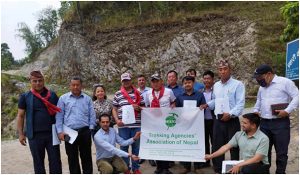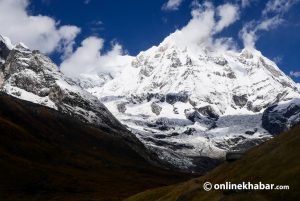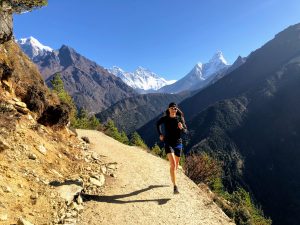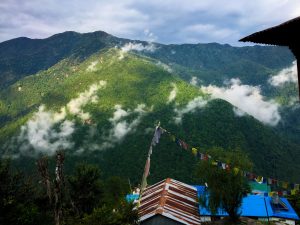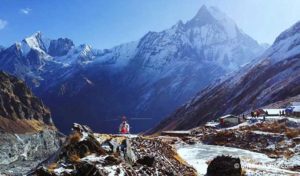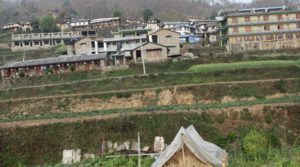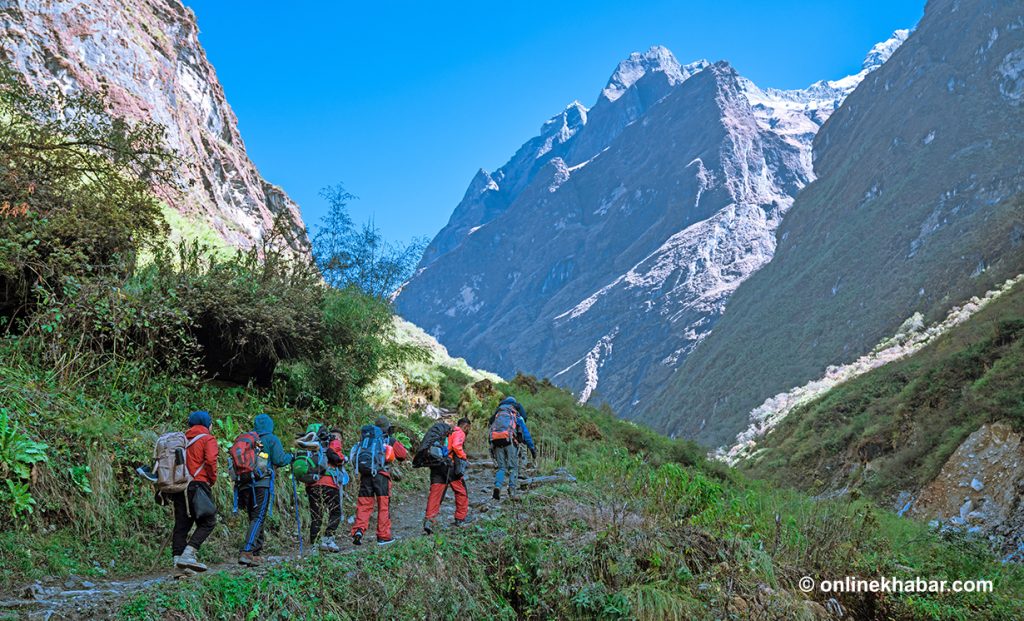
The Annapurna Base Camp, also known as the Annapurna Sanctuary trek, is one of the most famous treks in Nepal. It offers views of mountains as well as a rich cultural experience. Still, like most treks within the altitude range, it is accompanied by some threats, including the occurrence of avalanches.
If you plan to take this trip, you need to know where these risks are most likely to occur and what measures should be taken to avoid them.
Since trekking begins in September, many trekkers will be on their way to the Annapurna Base Camp trek. So, if prepared well and aware of all the risks, this season can be very fun and one of the most rewarding treks I have ever seen in Nepal.
Avalanche cases in ABC Trek
Avalanches, which often occur on the Annapurna Base Camp trek trail, have led to numerous fatalities in the past. The most recent one was January 17, 2020, when seven trekkers, four South Koreans, and three Nepali guides were buried by snow.
This event happened despite warnings of adverse weather conditions because the group started their trek on January 15, 2020.
Avalanche Risk Areas in Annapurna Base Camp Trek
Hence, the risk of an avalanche is highest in several areas of the Annapurna Base Camp trekking route. It’s not too deadly, but there is a risk of avalanches in the ABC Trek area.
1. Hinku Cave to Deurali: This is one of the most dangerous parts of the trekking, where avalanches are a common incident. The trail between Hinku Cave and Deurali goes through a rather sharp valley, with rather steep slopes along the sides, which necessarily direct the snow downward. In the winter-early spring, when snow constantly piles up, this place becomes very vulnerable to avalanches.
2. Machapuchare Base Camp (MBC) to Annapurna Base Camp (ABC): Another area with frequent avalanches coming from MBC to ABC is another such area where they can be met after snowfalls. The terrain here has higher inclines, and therefore, there are possibilities of snow, rocks, and ice avalanches. This section needs extra vigilance, especially during the cold seasons.
3. The Sinuwa and Bamboo Areas: It is not as steep as the other two parts of the mountain, but again, the paths around Sinuwa and Bamboo are also quite dangerous because of the possibility of a small landslide or an avalanche. These are especially witnessed after rain or melting snow, which makes the trails slippery and insecure.
Seasons and avalanche Risk
Avalanche risks on the Annapurna Base Camp trek vary significantly with the seasons:
Winter (December to February): This is the most hazardous time for avalanches in much of the ABC trek. The heavy snow and low temperatures make the terrain appropriately icy and unstable, causing avalanches in places considered at high risk aforementioned above.
Spring (March to May): It is also important to note that during the hot season, the snow begins to melt, which leads to the occurrence of avalanches. All the same, even within a relatively short period, especially in March or early April, before the thin snow cover is gone completely.
Safety precautions for trekkers
Suppose you plan to trek to Annapurna Base Camp, especially during seasons with higher avalanche risks. If you’re planning to trek to Annapurna Base Camp, especially during seasons with higher avalanche risks, it’s necessary to take certain precautions:
1. Check Weather Reports: Always see that you are aware of the weather conditions prevailing in the area before and during the trek. Regional forecasts can be used to avoid going skiing on days when avalanches are most likely to occur.
2. Hire an Experienced Guide: It is, therefore, essential to have an experienced guide when organizing a trekking experience, especially in dangerous terrains. They know safe paths and possible avenues for avalanches, and they will make decisions you would never imagine would keep you safe.
3. Avoid Trekking Alone: This should be avoided throughout the trekking, always in a group, or better still, with guidance. But it is always more comforting to know that there are other people around, especially in cases of emergencies since help might be nearby.
4. Start Early in the Day: There is also no better time to begin a trek than early in the morning, as this avoids midday, which is characterized by high temperatures, making the snow risky. This is especially accurate in areas where avalanches are common.
5. Be Prepared with Proper Gear: Remember gear such as avalanche beacon poles where you intend to hike during dangerous periods. Many factors will help you out in a rescue situation—having the equipment is one.
6. Know the Signs of Avalanches: So the first thing about avalanche control is to know the causes of an avalanche or the early indications that the avalanche is about to occur. For instance, there will be cracking noises. Next will be a recent occurrence of an avalanche on similar slopes and fast changes in temperatures, mainly when there is an increase in temperature. These are signals that you should get to a safer area as soon as possible:




